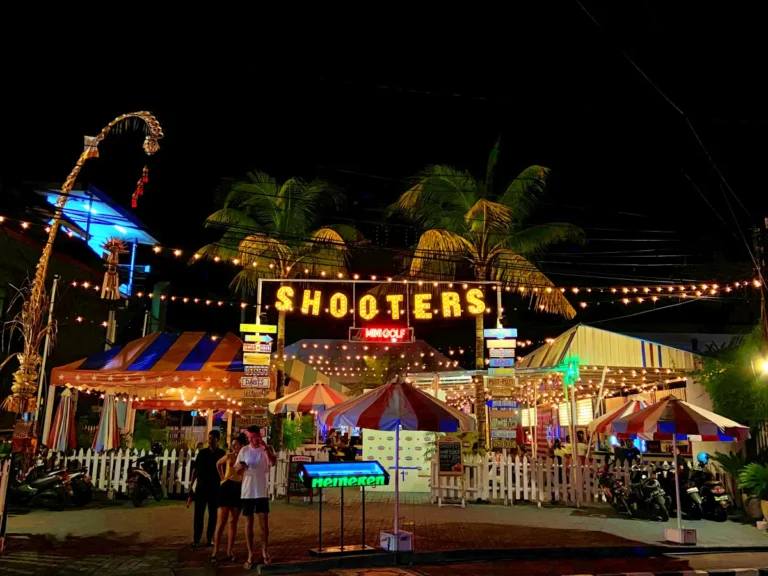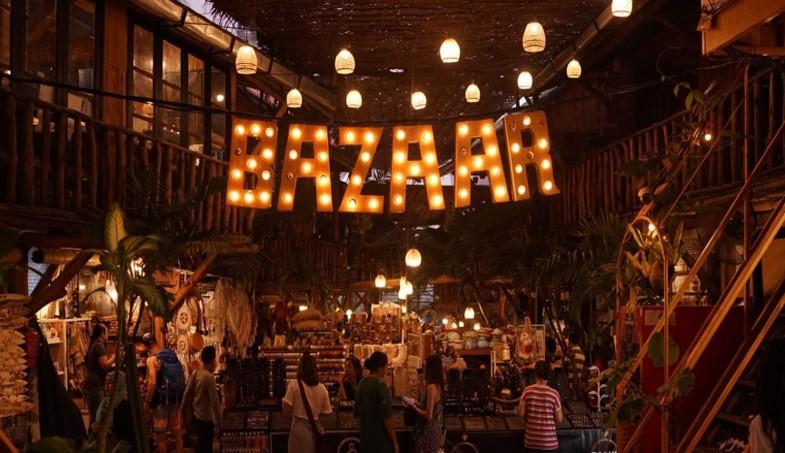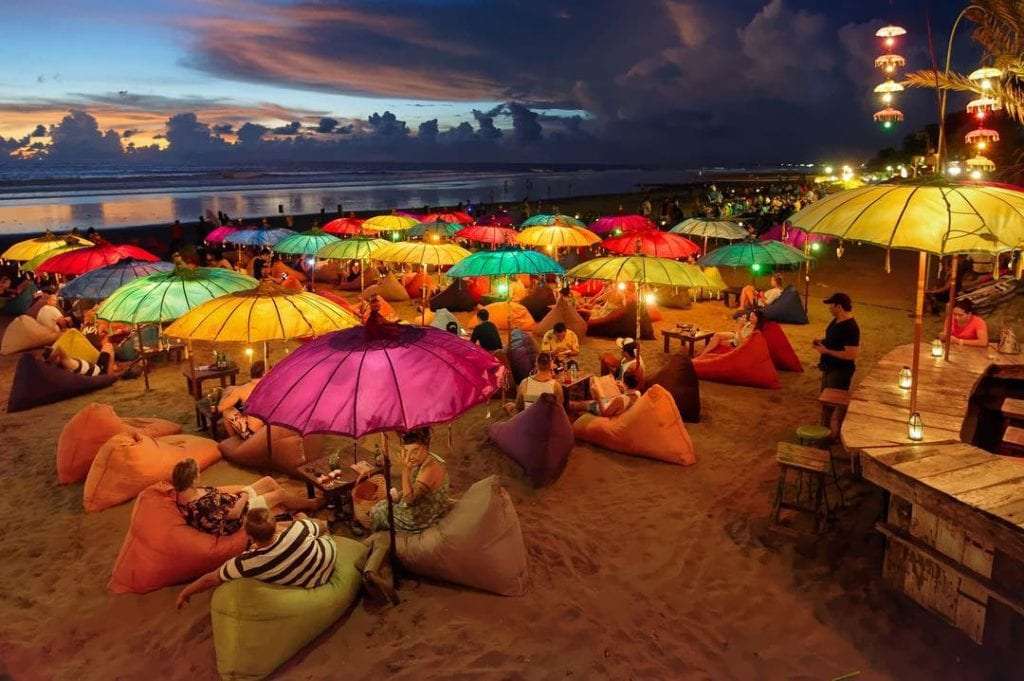In this post I will select two of our intended locations and determine potential risks that may be involved when shooting there.
Location 1: Bedroom
(images here)



In this post I will select two of our intended locations and determine potential risks that may be involved when shooting there.
Location 1: Bedroom
(images here)
Location 1 | |
Location: | Lamiya's Bedroom. |
Events in scene: | Theres a scene where subject 1 gets a phone call from subject 2 inviting them to go out. |
Pros of location: | Its free and doesn't not have rules (unless there are parental rules). |
Cons of location: | There could be disruption from other family members in the house, looks too much like a child's bedroom. It's too cramp to film in which can be difficult to manage fast. |
Alternatives: | Any other member's bedroom. |
Risk Assessment | |
Potential hazards: | The furnitures are weak which can possibly collapse and ruin the set. |
Evaluate risks: | Once its collapse, it will take a lot of time to clean up and get it back to how it was originally. |
Control measures: | We'll have people look out for furnitures that might collapse, and we'll try to avoid shooting near broken furnitures. |
Responsibility: | Anyone who isn't doing camera work or light work. |
Time frame: | We could control these before we shoot and maybe doing the shooting process. |
Other notes: | - |

Location 2 | |
Location: | Shooters, Playroom, Aerospace, G-swing |
Events in scene: | We will record people having fun, candid pictures and the unique features. |
Pros of location: | Its has unique features and great places to record. Its crowded making it easier to film people having fun. |
Cons of location: | We need to pay to enter which can be expensive, Recording people having fun can distract them making them feel uncomfortable, There was traffic which made it hard to move to different locations. |
Alternatives: | If one cant then we skip that place. |
Risk Assessment | |
Potential hazards: | We might distract people and potentially cause problems. there could be locations that do not allow recordings with special project. |
Evaluate risks: | We will ask for consent and avoid making distractions for the people around us, and those who are doing a certain activity requiring us to take turns with those that are using them. |
Control measures: | We will have people clearing space and asking consent and record in past space. So that means during recording we cannot take a long time. |
Responsibility: | Anyone with good communication skills and confidence. |
Time frame: | During filming and before filming. |
Other notes: | - |

Location 1 | |
Location: | Love Anchor |
Events in scene: | We will shoot of people walking around having fun, close shots of the markets, and colourful atmosphere. |
Pros of location: | Its very vibrant so it will fit the theme, its a public area so we are freely able to record anything. |
Cons of location: | Its crowded so we might be scared to shoot, People might feel uncomfortable if we record them. |
Alternatives: | The Flea Market, Kuta Art Market. |
Risk Assessment | |
Potential hazards: | The place is crowded and we might block peoples way which might potentially cause conflict. |
Evaluate risks: | We will have to apologise and if it creates attention, we might have to leave to another place before going back to take shots. |
Control measures: | We will let security, employees, and people know if anyone is curious, if they look annoyed and weirded out will ask for consent. |
Responsibility: | If anyone isnt recording well have someone in charge of looking after the behind sets. We need someone with good confidence. |
Time frame: | Before or after shooting our shots. |
Other notes: | - |

Location 2 | |
Location: | Double Six Beach |
Events in scene: | We will record sunset scenes, and basically candid shots. |
Pros of location: | Its very big and has many unique features that we can also put in our scenes. |
Cons of location: | We are shooting the scenes during night so it could be dangerous, and there could be a potential risk of losing things. It's crowded so we might have low confidences while taking shots. |
Alternatives: | Seminyak Beach, Pantai Batu Belig Beach. |
Risk Assessment | |
Potential hazards: | Loosing things in crowded places and the sand might be unstable making it hard to balance things or when recording. The water also can be distrustful |
Evaluate risks: | If we lose things, we might have to find a nearby shop and get a spare. If it's a personal belonging, we'll be forced to find it after we finish recording. |
Control measures: | We'll have people to look after personal or even valuable items it order for it to be safe. |
Responsibility: | Any one of our members that isn't doing a task. |
Time frame: | Before we start filming we make sure we have everything organised so that it wont be a scattered around |
Other notes: | - |
Here is our proposal for the tourism ad. We all worked together on this.
Statement of Intent
Tourism Ad | |
Primary Target Audience | |
Demographic |
We decided to change our target audience age to a post teen age.
|
Psychographic |
|
Secondary Target Audience | |
Older people (aged 30+) Or families with kids. | Some people in this age might still have the interest and enthusiasm to enjoy nightlife. Families with kids can also be targeted but only through some scenes, excluding the night club and drinks. There are also some activities such as the night market that are family friendly, and can be an interesting experience to enjoy when visiting Bali. |
Content Overview | |
We’re starting the video with a close up switching the context to nightlife in Bali (our main context). There will be a blackout scene, switching to an actor getting ready for bed. Then, there will be a phone call that is asking “yo you wanna go out tonight?” Our background song will be remixed between the scenes. Okay change of plans… because we think that the phone call scene should be the opening of the ad to make it interesting and we’re thinking of a daydreaming kinda thing. Starting with a girl in her bedroom just about to sleep, when she gets a random phone call from her friend, asking if she wants to hangout that night. She wouldn't give an answer yet, but she lets out a sigh, and that is where the music starts playing. From that scene, it would cut to a scene of sunset going down with a text “when the sun goes down..” and a sink in cut. The first beat of the music would show different cuts of nightlife in Bali. Starting with teenage girls hanging out at Playroom, Slushy Society, and Love Anchor, G swing, and Shooters. We’re removing the G swing because it’s closed at the time we were about to shoot that scene. | |
Unique Selling Point | |
We want to show that Bali is not only known for its tropical beach or heavy culture, but we’re also trying to convince people that Bali can also be enjoyable in any time of day, in this case, especially at night. | |
Representations | |
People: There will be the girl actor and the friend talking through the phone, and most of these actors are going to be 18+ because it might contain some adult activities such as night club, etc. Places: night club, g swing, beach | |
Dominant Reading (Your message) | |
“When the sun goes down…” is going to be the main text that would appeal to audiences because the whole point of this ad is to show what’s going on in Bali once the sun goes down, at night. We decided to change our main message to “don’t miss out on Bali’s nightlife” because we couldn’t get into adult’s locations such as clubs. | |
Reflection: Most of the changes added were written inside the docs. Throughout this work, Michelle has manage to complete her task in such detailed and well organised. My role in this situation was to help her out and check if theres anything missing or needs improvement which i told her that she was good to go. Overall doing this part was time consuming with all of the changes we did, but we've managed to complete the task with satisfaction.